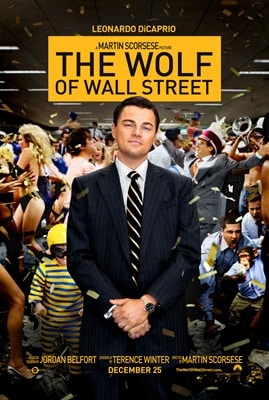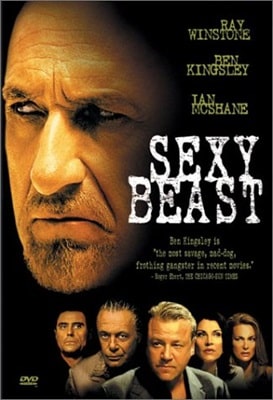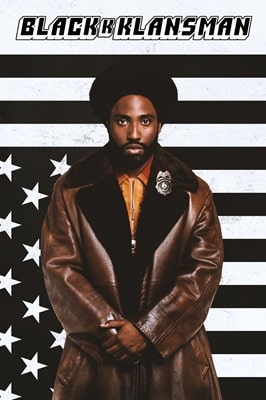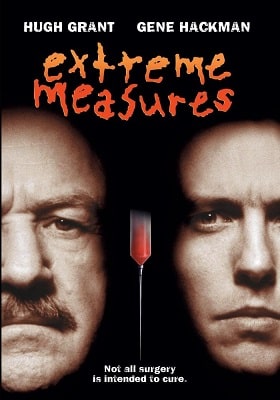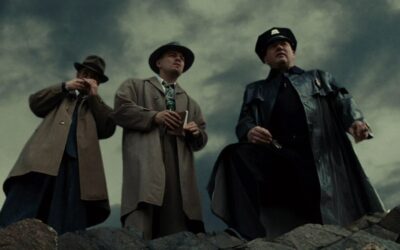Movie Review
Heat
The 1995 movie “Heat,” directed by Michael Mann, stands as an exceptional example of modern noir for several reasons. Although it’s primarily categorized as a crime drama, its noir elements are distinctly prominent, contributing significantly to its acclaim and status in cinema history.
Firstly, “Heat” exhibits the classic noir theme of moral ambiguity and complexity. The characters, especially the protagonist Lt. Vincent Hanna (played by Al Pacino) and the antagonist Neil McCauley (played by Robert De Niro), are nuanced and multifaceted, blurring the lines between hero and villain. This depth of character development is a hallmark of noir, where characters often grapple with internal and external conflicts, and the distinctions between good and evil are not clear-cut.
The film’s visual style also contributes to its noir classification. “Heat” utilizes a muted color palette, stark lighting contrasts, and shadowy urban landscapes, all of which are quintessential elements of noir cinematography. These visual techniques create an atmosphere of tension and foreboding, characteristic of the genre.
Moreover, “Heat” employs a narrative structure and pacing that are reminiscent of classic film noir. The story unfolds in a complex, multi-layered manner, with intersecting plotlines and a focus on crime and moral dilemmas. The pacing of the film, while deliberate, builds suspense in a way that echoes the tension and unpredictability found in traditional noir.
The existential themes present in “Heat” further solidify its place in the noir genre. The film delves into the existential crises of its characters, exploring themes of isolation, identity, and the futile pursuit of fulfillment in a morally ambiguous world. These themes are often explored in noir cinema, where characters are typically seen struggling against a backdrop of existential dread.
Lastly, the moral ambiguity of the film’s conclusion, where lines between the antagonist and protagonist are blurred, and the resolution is not entirely redemptive, aligns closely with noir’s tendency to eschew tidy, happy endings in favor of more complex, often somber conclusions.
In essence, while “Heat” is a crime drama, its deep exploration of moral ambiguity, its distinctive visual style, complex narrative structure, existential themes, and its ambiguous conclusion all contribute to making it an exceptional example of modern noir.
More Crime Movies
advertisement
Crime Features
Literary Crime
Where Depth Meets Deceit
Criminal Fashion
Iconic Outfits and Styles in Crime Fiction
Ethics in Crime Fiction
Exploring Morality in Law and Order


